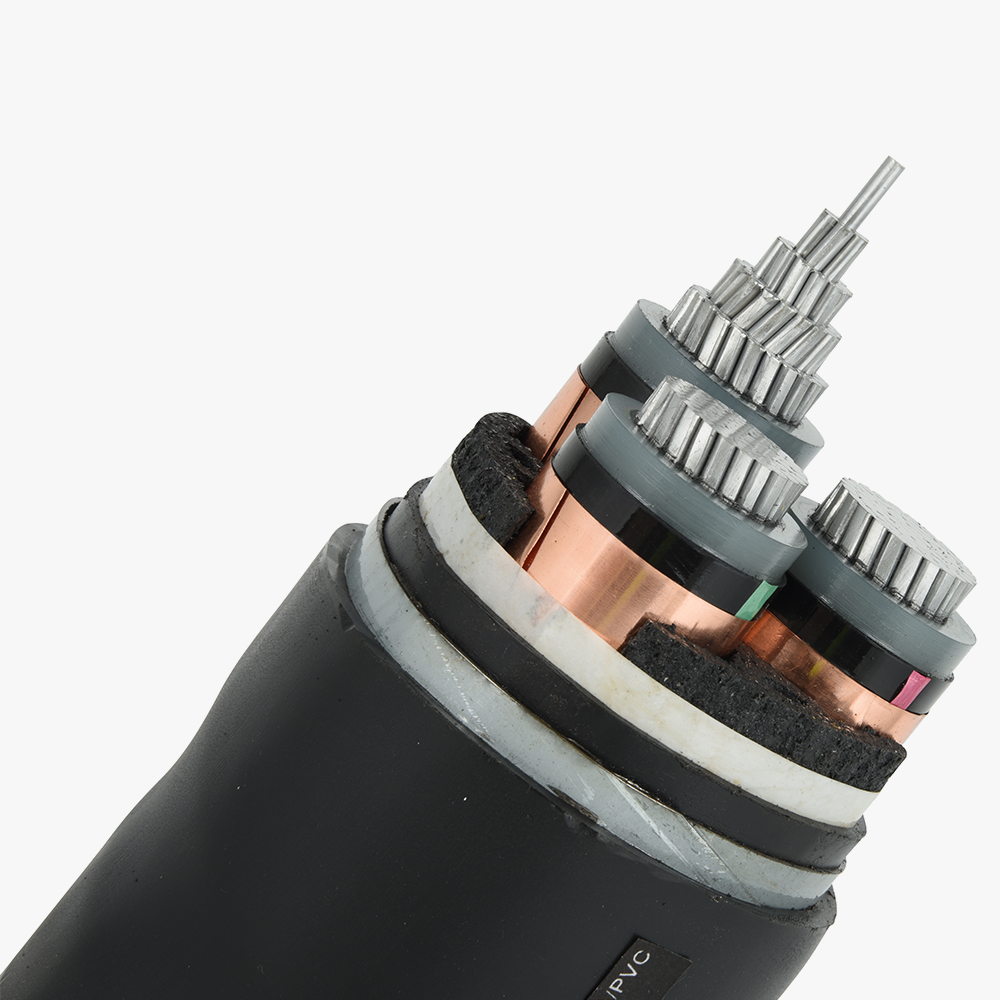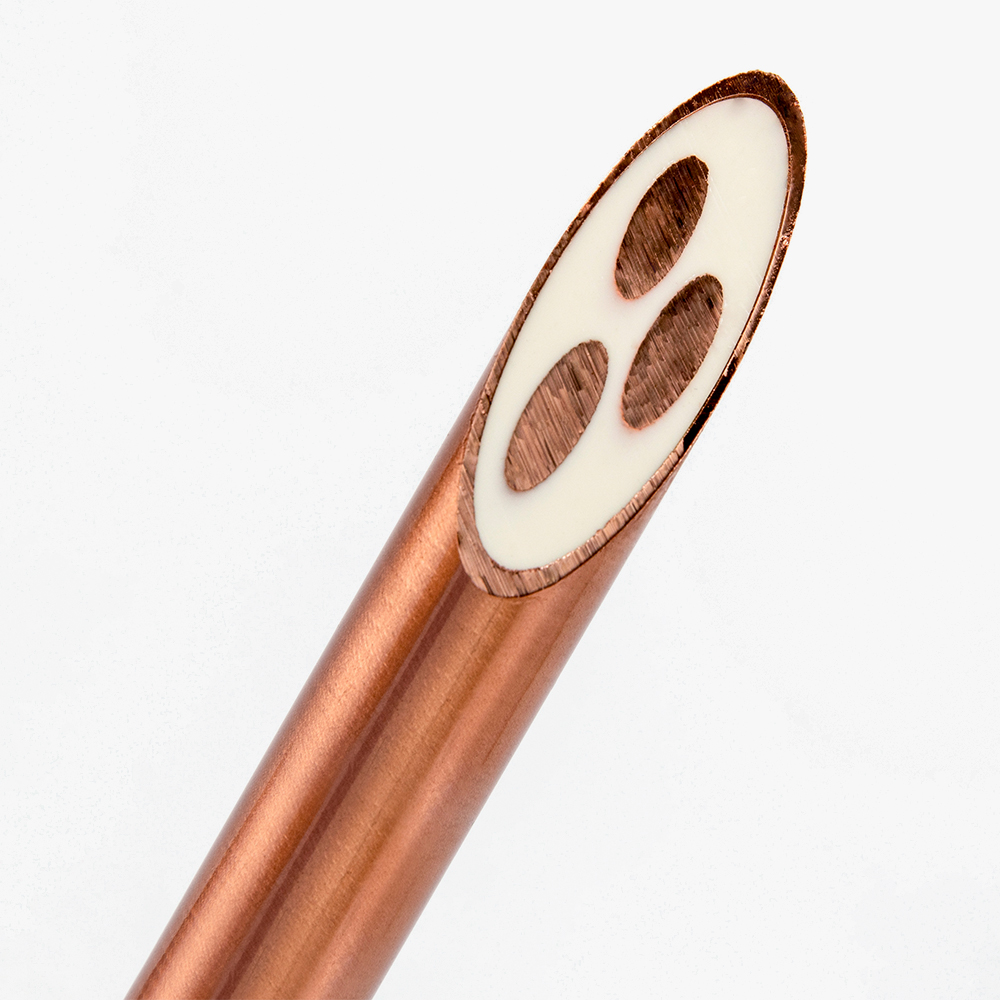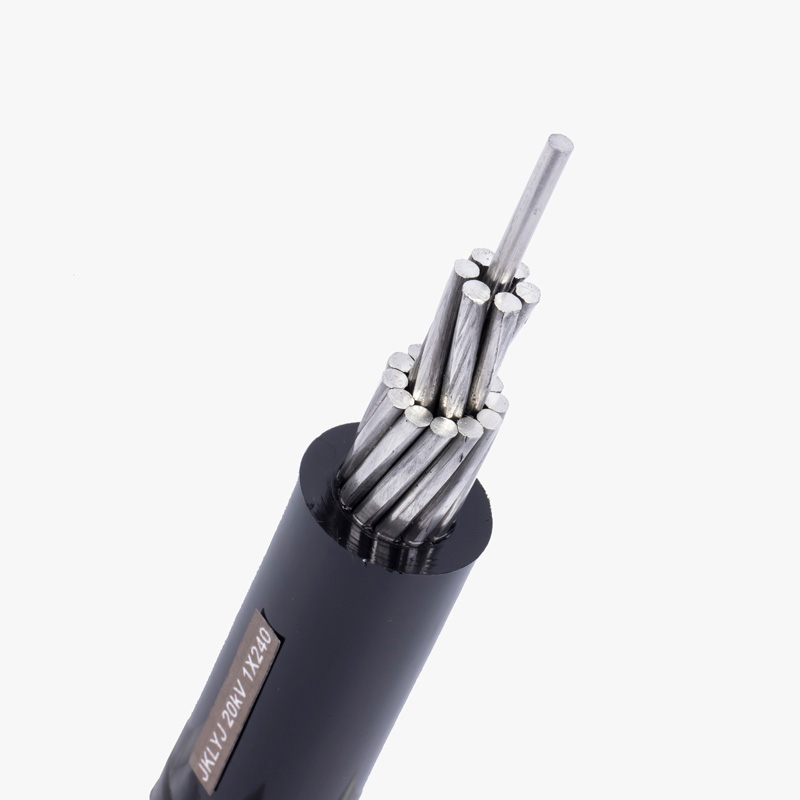STA vs SWA Armored Cables: Structural Differences Illustrated
STA (Steel Tape Armored) and SWA (Steel Wire Armored) cables differ significantly in structure. STA cables feature multiple layers, including a steel tape layer that is helically wrapped around the cable core, offering protection mainly against compression. In contrast, SWA cables use individual galvanized steel wires wound around the cable, providing superior tensile strength. The steel tape in STA is generally thinner but evenly distributed, while SWA’s steel wires vary in diameter and spacing, making them more resistant to mechanical stresses such as tension and impact. Choosing between STA and SWA depends on specific installation environments and mechanical demands.
Definition and Interpretation of STA and SWA Standards


STA and SWA armored cables are manufactured following international and regional standards such as IEC 60502, BS 5467, and BS 6346. These standards specify structural requirements, electrical properties, and mechanical performance, ensuring cables meet safety and durability needs. STA is commonly used for fixed installations, while SWA is preferred for high-stress environments requiring enhanced mechanical protection.
STA and SWA Comparison Reference Table
When selecting armored cables, key factors such as compressive strength, tensile resistance, and environmental adaptability should be considered. The table below highlights key differences:
| Feature | STA (Steel Tape Armored) | SWA (Steel Wire Armored) |
|---|---|---|
| Compression Resistance | High | Moderate |
| Tensile Strength | Low | High |
| Flexibility | Low | Moderate |
| Ideal for Underground Use | Yes | Limited |
| Ideal for Suspended Installations | No | Yes |
Who is More Resistant to Compression, STA or SWA?
Laboratory tests show that STA cables provide superior compression resistance due to the uniform steel tape layer that distributes external pressure evenly. In contrast, SWA cables, with individual steel wires, may deform more easily under extreme compression. However, SWA excels in resisting mechanical impact and tension, making it preferable for exposed or suspended installations.
Which Armor is Better for Complex Wiring?
For complex wiring scenarios, SWA is generally a better choice due to its higher flexibility. The individual steel wires allow the cable to bend more easily compared to the rigid steel tape of STA. This makes SWA ideal for installations requiring frequent bends or directional changes, such as in industrial or commercial buildings.
Should I Choose STA or SWA for Humid Environments?
In humid environments, STA cables are more susceptible to moisture penetration due to potential gaps in the steel tape wrapping. SWA cables, with their galvanized steel wires, offer better corrosion resistance. However, both cable types should include additional protective sheathing to prevent long-term water damage in high-moisture areas.
Selection Decision Tree: 5 Questions to Help You Determine STA or SWA
1. **Do you need to withstand high tensile forces?**
– Yes → Choose SWA
– No → STA is suitable
2. **Is the cable installation mostly underground?**
– Yes → STA is preferred
– No → Consider SWA
3. **Will the cable be exposed to mechanical impacts?**
– Yes → SWA provides better impact resistance
– No → STA may be sufficient
4. **Do you have budget constraints?**
– Yes → STA is typically more cost-effective
– No → Choose based on mechanical needs
5. **Will the cable be installed in a humid or corrosive environment?**
– Yes → SWA with a corrosion-resistant sheath
– No → Both options are viable
Conclusion
Choosing between STA and SWA depends on application needs. STA is ideal for underground, high-compression scenarios, while SWA excels in tension and impact resistance. Understanding these differences ensures optimal cable selection for your project.




